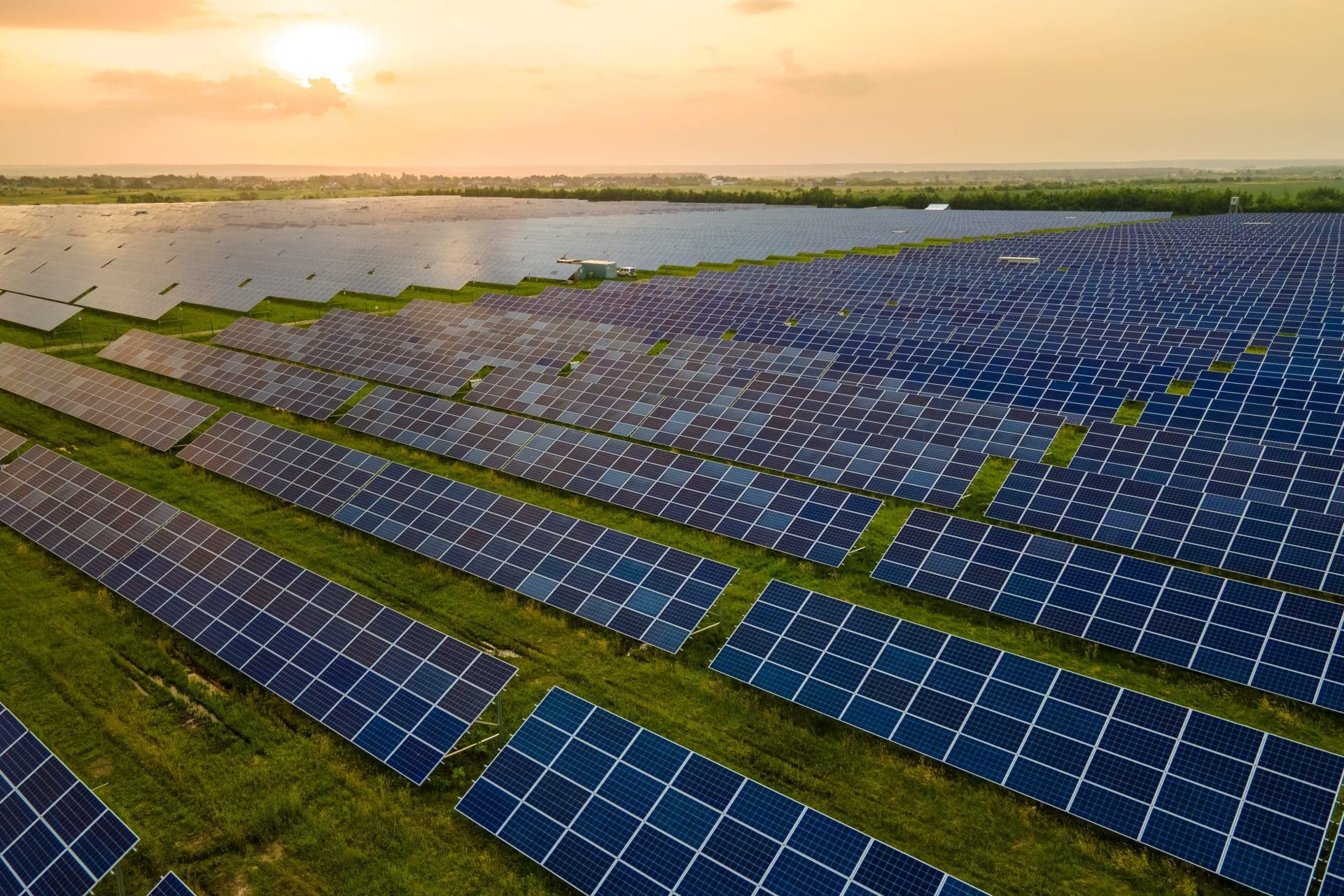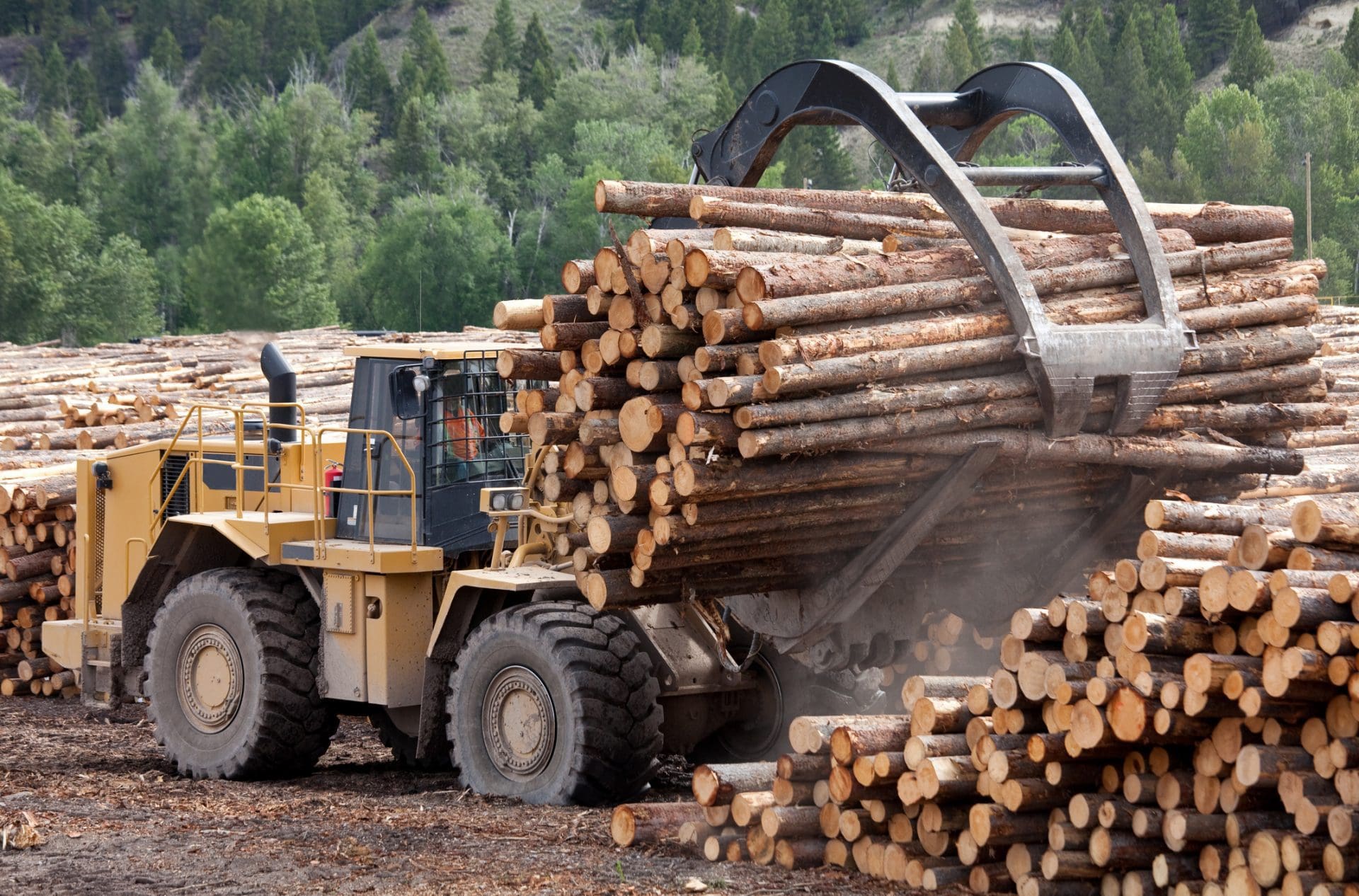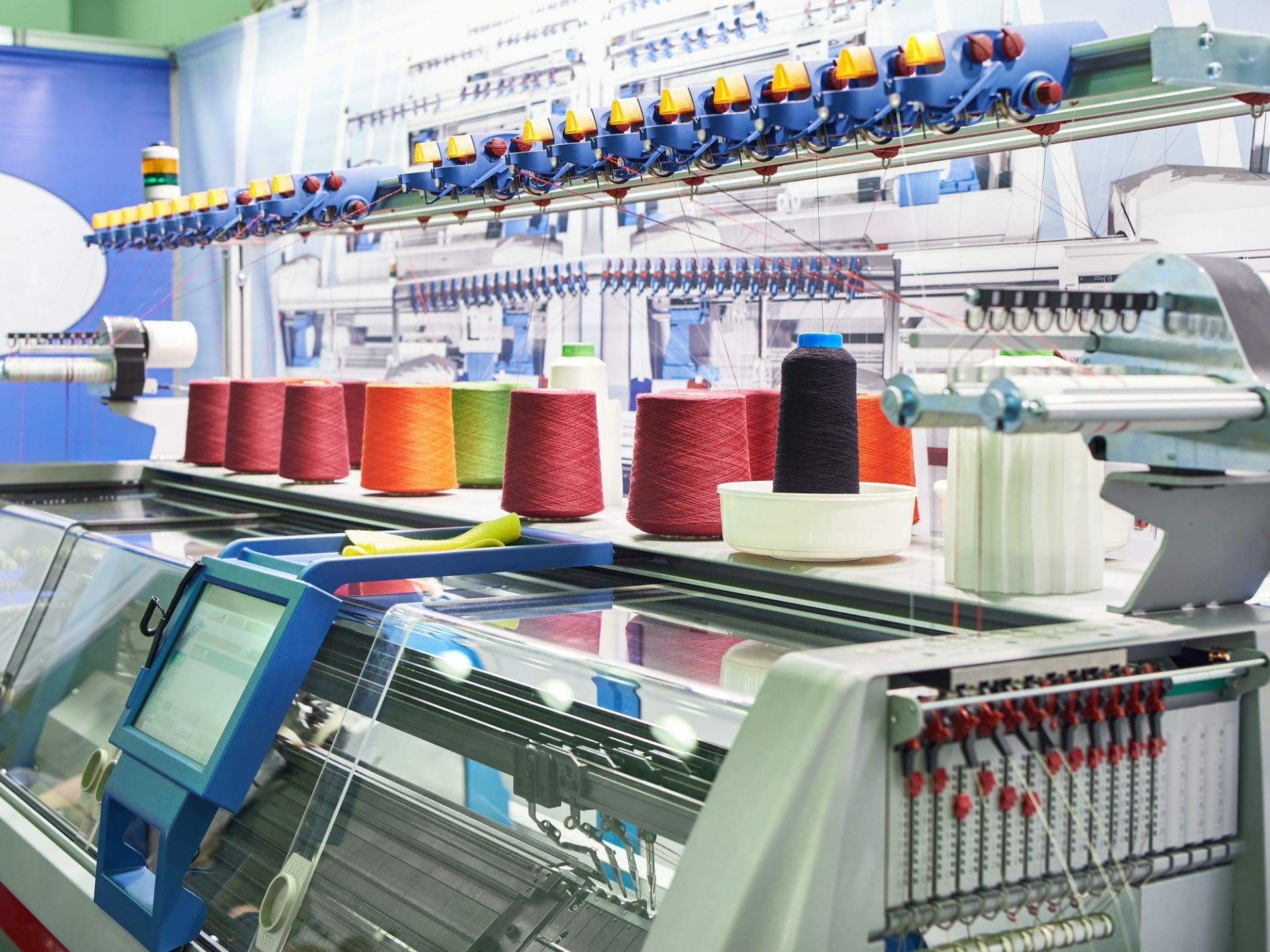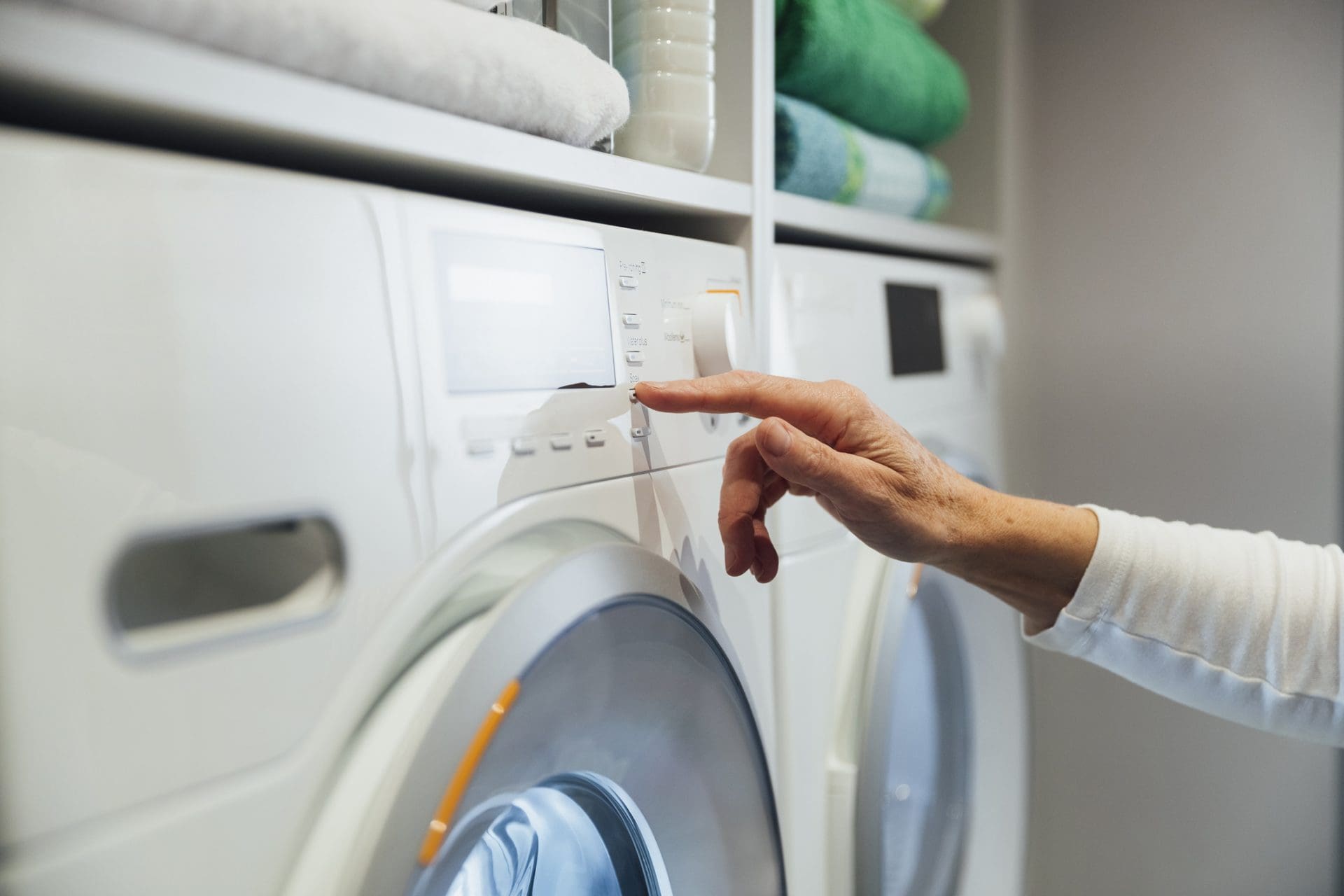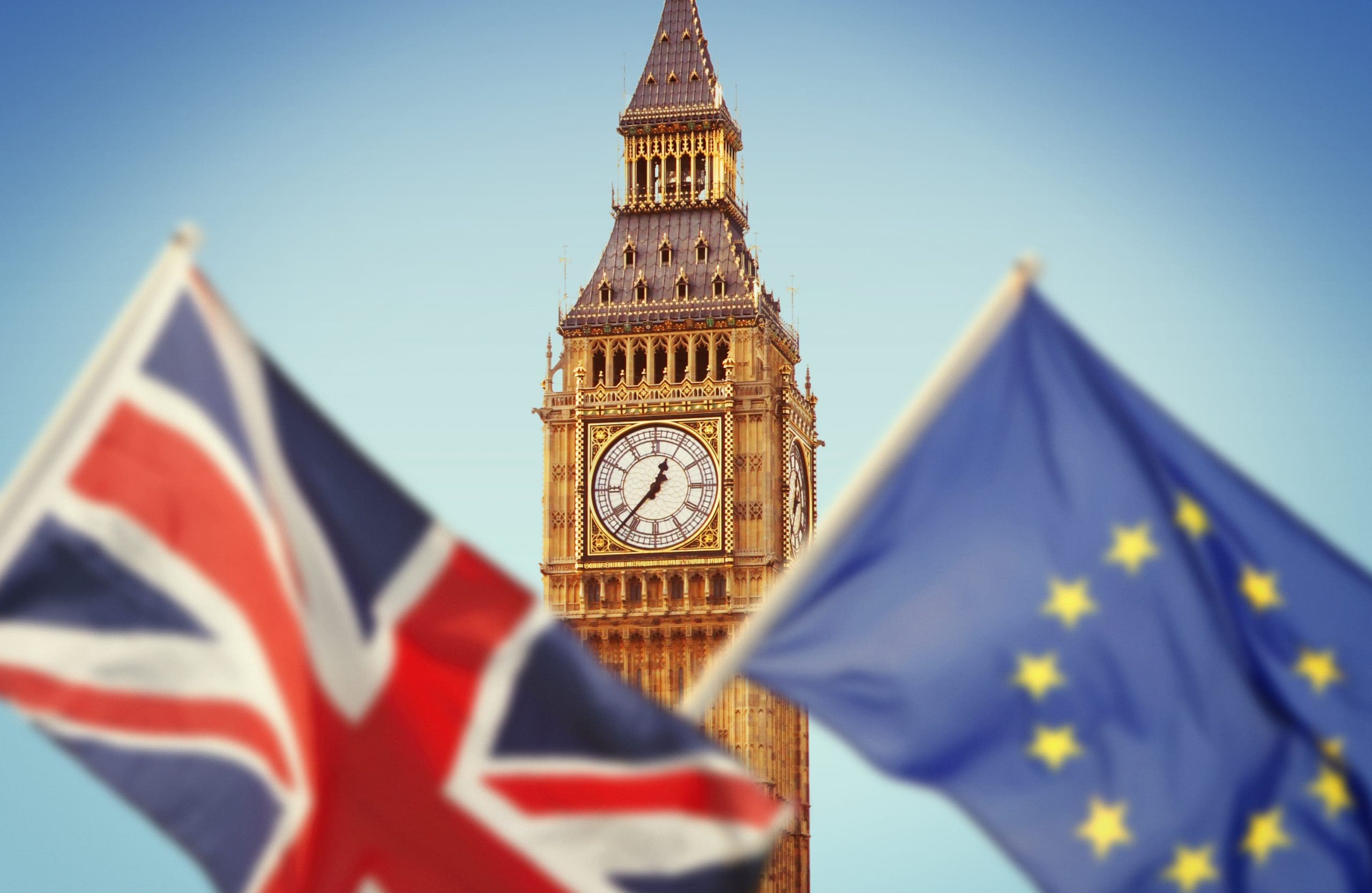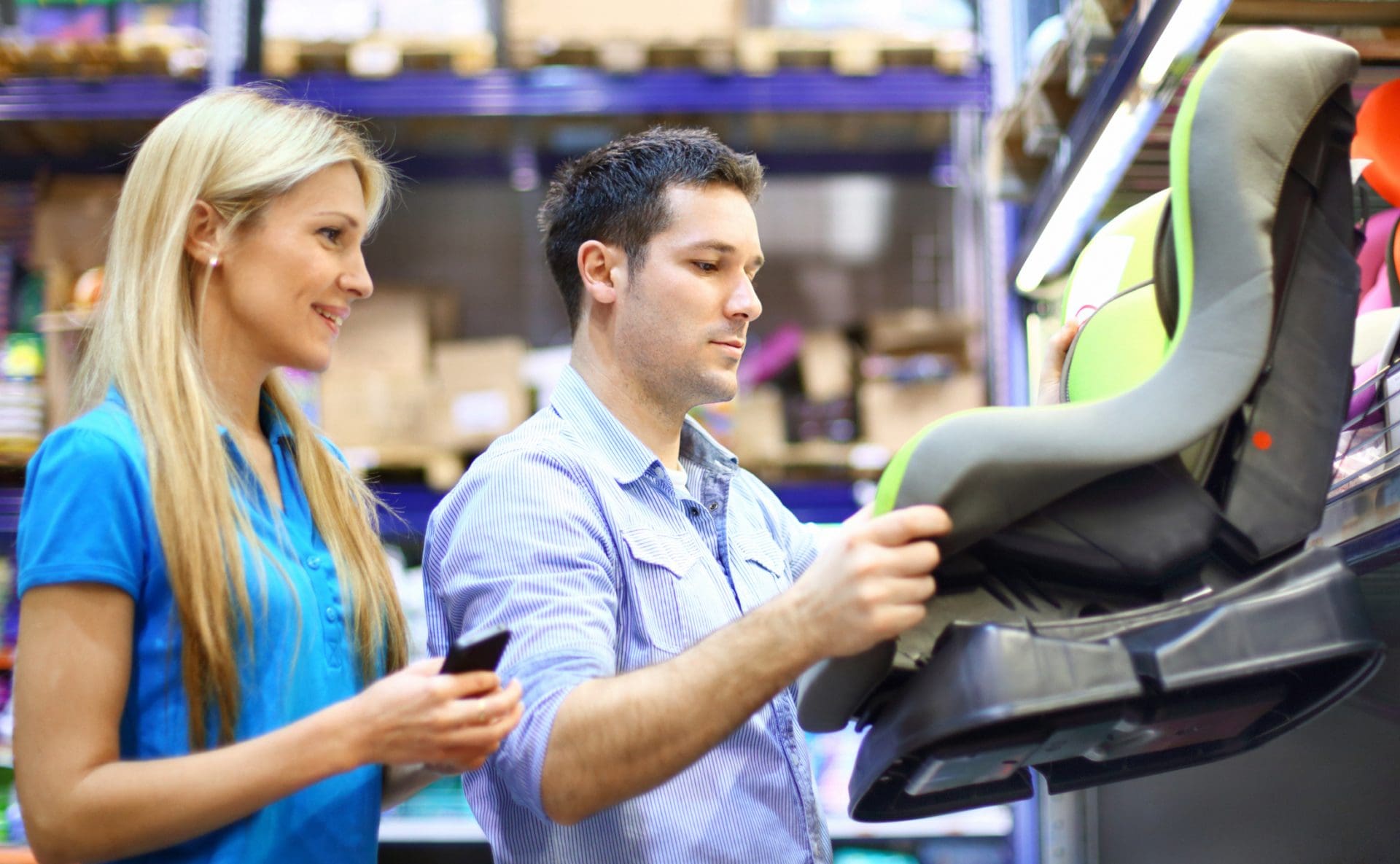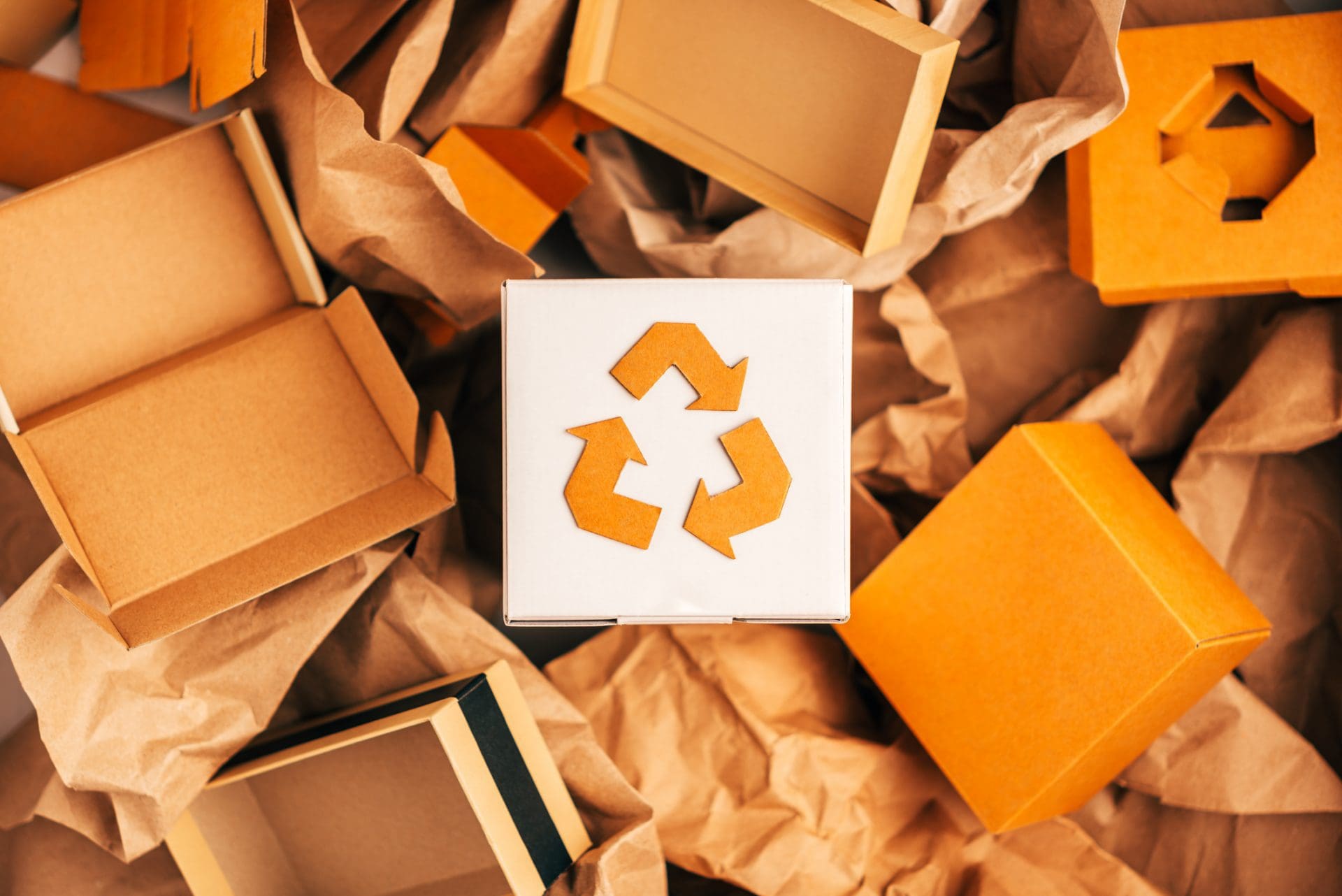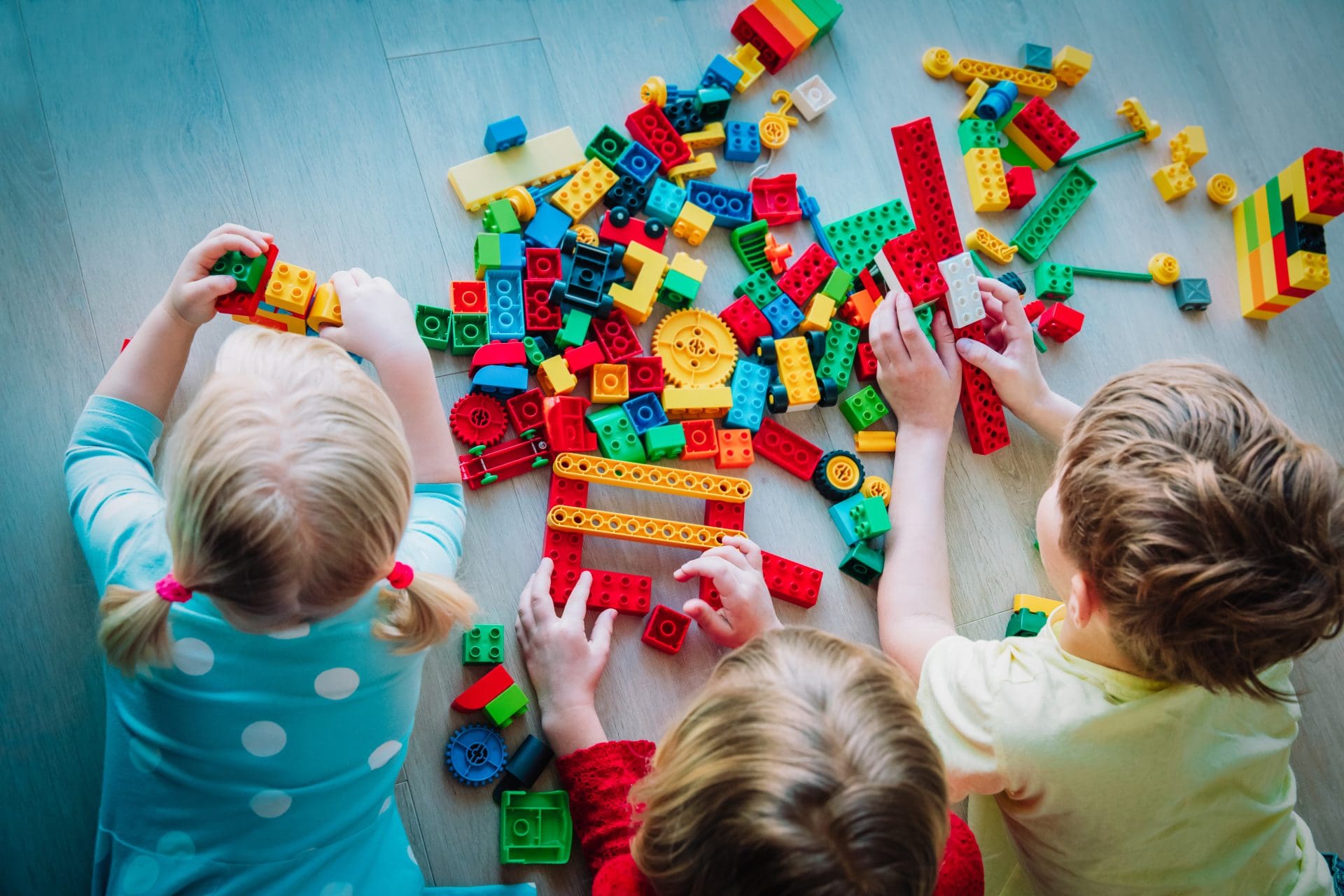
Topics
Toys
The purpose of regulations related to Toys is to ensure the health and safety of children by setting standards for toys, prohibiting dangerous substances and design flaws, and requiring manufacturers and importers to demonstrate compliance through markings like the CE mark.
Toys Coverage
The regulatory landscape for toys is evolving rapidly – especially in the European Union, where the upcoming Toy Safety Regulation (TSR) will replace the current Toy Safety Directive. This new regulation introduces stricter controls on harmful substances, including PFAS and endocrine disruptors, and mandates a Digital Product Passport (DPP) for every toy. The DPP, delivered via a data carrier such as a QR code, will enhance traceability, market surveillance, and regulatory compliance.
The TSR also strengthens oversight of online sales and gives market inspectors greater authority to remove unsafe products. These measures are expected to influence toy safety standards globally, reshaping how manufacturers approach compliance and transparency.
This shift comes amid a steady rise in regulatory activity worldwide, reflecting growing concern about product safety and chemical management. Industry assessments suggest that a significant share of toys on the market still fail to meet safety requirements, prompting EU regulators to replace the existing directive with a directly applicable regulation – a move that signals a new era of heightened accountability and proactive compliance for the toy industry.
Compliance & Risks empowers toy manufacturers, importers, designers, and retailers to ensure that every product they bring to market is safe, compliant, and globally ready. Our platform provides continuously updated coverage of toy-related laws and regulations – including proposed, enacted, and amended measures – as well as relevant guidance documents in English that impact the placing of toys on the market.
Toy Legislation is Typically Structured in Three Key Layers:
- Framework Regulations: Establish overarching safety and compliance requirements applicable to all toys.
- Material or Specific Regulations: Govern particular materials and product categories (e.g., plush, plastic, or wooden toys) and regulate individual substances or substance groups used in toy manufacturing. These measures often include positive lists, substance restrictions, and testing methods.
- Labeling and Physical Safety Requirements: Set out obligations related to product warnings, instructions, and mechanical or physical safety features to ensure toys are safe for children of all ages.
With coverage in 110 regions and countries and expert insights, Compliance & Risks helps customers navigate regulatory complexity, reduce compliance risk, and accelerate market access for their toy products.
Product Coverage:
Our coverage encompasses the following product categories:
- Toys
- Aquatic Toys (designed for use in shallow water, intended for play rather than safety)
- Activity Toys (designed to actively engage a child, to promote movement, coordination, and cognitive development)
- Chemical Toys (such as a chemistry set, designed for the direct handling and use of chemical substances and mixtures)
- Board Games
- Cosmetic Toys (products that mimic real cosmetic products)
- Cosmetic Kits (“make your own” cosmetic kits)
- Gustative Games (“make your own” food kits)
- Electrical Toys
- Stuffed Toys
- Wooden Toys
- Projectile Toys
- Battery-operated Toys
- Radio Controlled Toys
- Costumes/Fancy Dress
- Dolls/Figurines
- Gaming Consoles / Video Game
- Our coverage specifically excludes:
- Juvenile products (e.g. baby rockers, cribs, bouncers, strollers etc.)
- Playground equipment
- Fashion accessories / jewelry not for use in play
- Bicycles (including e-bikes)
- General use cosmetics and art materials
- Other non-toy children’s products
- Sporting equipment and PPE
- Trampolines
- Adult Toys
Regulatory Content Accelerators:
Our coverage addresses newly proposed, enacted and amended regulations. The following content areas are required in order to achieve and maintain market access for the products listed below.
- Product Safety
- Chemicals in Products
- Other additional topics that may be relevant, for example:
- Wireless
- Data Protection
- Cybersecurity
- Consumer Protection
- Ecodesign
- Circular Economy
- Packaging
- Batteries
- WEEE
- Textiles
- Ecolabeling
Emerging Compliance Trends & Challenges:
The latest, high-priority trends shaping toy safety, compliance, and sustainability regimes globally are likely to have increasing impact, and deserve special attention in product planning, supply chain decisions, and market entry strategies.
- Regulatory Agility & Future-Proofing: The new Toy Safety Regulation enables the EU to rapidly update restricted substance lists and compliance obligations as new risks or scientific evidence emerge.Our coverage addresses newly proposed, enacted and amended regulations. The following content areas are required in order to achieve and maintain market access for the products listed below.
- Digital Product Passport (DPP): The upcoming EU Toy Safety Regulation will require a DPP for every toy, typically via a QR code, to improve traceability, transparency, and compliance across the supply chain.
- PFAS & Chemical Restrictions: Regulators are expanding bans on PFAS, endocrine disruptors, and other harmful substances, signaling a major tightening of chemical safety standards for toys.
- Circular Economy & Sustainability: Policies across the EU, including the French AGEC Law, emphasize durability, repairability, and recyclability of toys to support a more circular economy.
- Cybersecurity & Smart Toys: With more connected and AI-enabled toys, regulators are enforcing stricter cybersecurity, privacy, and “safety-by-design” requirements under frameworks like the Radio Equipment Directive and AI Act.
- Online Marketplace Oversight: New rules are holding e-commerce platforms and importers accountable for ensuring that toys sold online meet safety and labeling requirements before reaching consumers.
- Labelling & Physical Safety: Updated toy safety rules strengthen labeling clarity, age grading, and mechanical safety requirements while maintaining focus on core hazards like magnets, flammability, and choking risks.
Brief List of Example Regulations in our Offering:
Framework Regulations
- EU: Safety of Toys, Directive 2009/48/EC
- EU: Safety of Toys, Draft Regulation, July 2023
- USA: Safety Standard Mandating ASTM F963 for Toys, Direct Final Rule, 16 CFR 1112 and 1250, 2024
- China: Compulsory Product Certification for Toys, Implementation Rules No. CNCA-C22-02:2020
- Canada: Toys Regulations, SOR/2011-17
- Brazil: Approving Technical Regulation on Quality and Conformity Assessment Requirements for Toys, Portaria No. 302, 2021
- Australia: Consumer Goods (Toys for Children up to and including 36 Months of Age) Safety Standard, September 2023
- Japan: ST 2016 Toy Safety 3rd Edition, 2020
Toy Type/Material Regulations
- Australia: Consumer Goods (Projectile Toys) Safety Standard, 2020
- Australia: Consumer Goods (Toys Containing Magnets) Safety Standard, 2020
- Australia: Consumer Goods (Aquatic Toys) Safety Standard 2020
- France: Extended Producer Responsibility Schemes for Toys, Sports Equipment, Leisure Articles, DIY and Garden Products, Decree No. 2021-1213
- China: China: Safety of Electric Toys, Standard GB 19865-2005
- USA: Requirements for Electrical Children’s Toys and Products, Rule, 16 CFR 1505, 1993
- Pennsylvania (USA): Stuffed Toy Registration Law, Act 372, 1961
- EU: Horizontal Cybersecurity Requirements for Products with Digital Elements, Regulation (EU) 2024/2847
Labeling / Marking
- EU: CE Conformity Marking Regulation (EC) 765/2008
- USA: Consumer Product Safety Improvement Act (CPSIA), 2008, Testing and Labeling for Product Certification, Final Rule, 16 CFR 1107, November 2011
- Oregon (USA): Labelling of Toys, Including Games, OAR 333-016-0110, 1975
- Austria: Labelling of Toys, Ordinance 1029/1994
- Mexico: Commercial Information for Labelling of Toys, Standard NOM-015-SCFI-2007
Chemical / Substance Restrictions
- EU: Registration, Evaluation, Authorisation and Restriction of Chemicals (REACH), Regulation (EC) 1907/2006
- USA: Consumer Product Safety Improvement Act (CPSIA), Children’s Products Containing Lead – Inaccessible Component Parts, 16 CFR 1500.87, Final Rule, 2009
- USA: Ban of Lead Containing Paint and Certain Consumer Products Bearing Lead Paint, 16 CFR Part 1303, Final Rule, September 1977
- USA: Consumer Product Safety Improvement Act (CPSIA), Prohibition of Children’s Toys and Child Care Articles Containing Specified Phthalates, Final Rule, 16 CFR 1307, October 2017
- Oregon (USA): Priority Chemicals of Concern in Children’s Products, Senate Bill 478, Chapter 786, 2015
- New Mexico (USA): Per and Polyfluoroalkyl (PFAS) Substances Protection Act, House Bill 212 Enacted, 2025
- Canada: Phthalates Regulations, SOR/2016-188
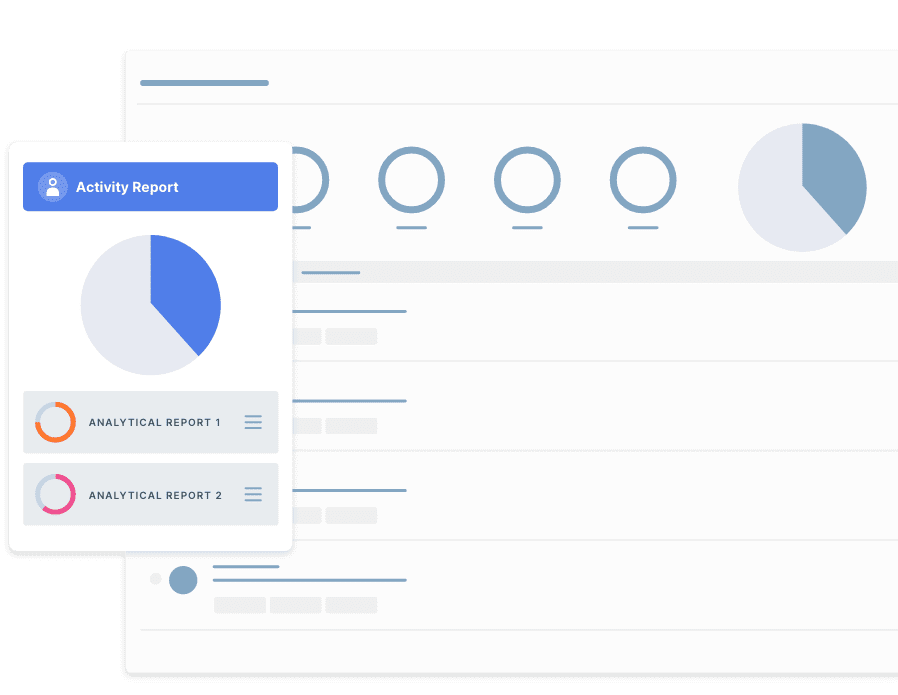
Learn more about our Regulatory Coverage
Speak to one of our team today for more information on our regulatory content.


